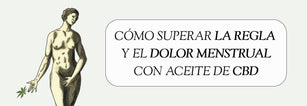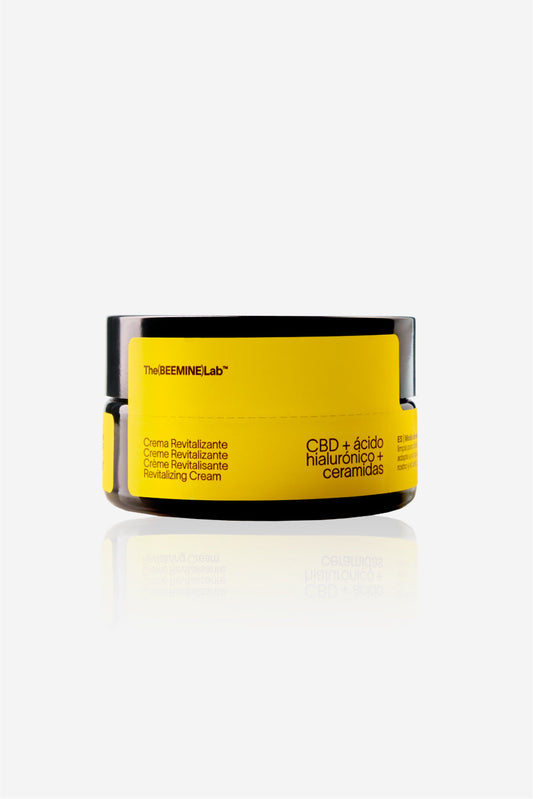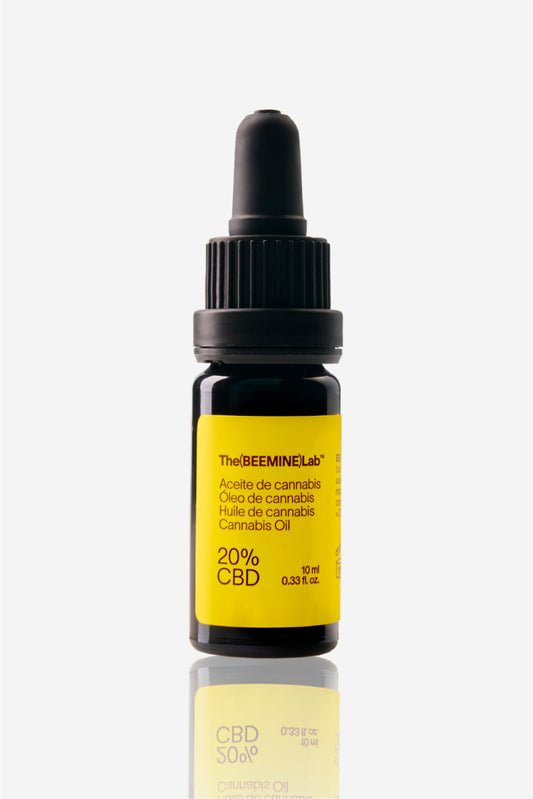We explain what CBD is and why it is a safe substance
CBD is a natural compound , derived from the Cannabis Sativa L plant, which offers different therapeutic properties, endorsed by the World Health Organization (WHO)( 1 ), given its low levels of toxicity compared to other medications and for not causing physical or psychological dependence. " A death from cannabis overdose has never been documented as a direct cause of the event, and it is this circumstance that demonstrates the low toxicity of cannabinoids in general." Mariano Garcia de Palau, cannabis expert and vocal voice of the Spanish Observatory of Medicinal Cannabis ( 2 ). In recent years, the opening to the study of Cannabidiol has allowed the treatment of diseases from insomnia, migraines, anxiety and depression to epilepsy and cancer . In addition, it has proven to be an alternative for inflammatory diseases, difficult to treat, such as arthritis, fibromyalgia, irritable bowel syndrome and more chronic situations characterized by inflammation, pain and/or movement limitations such as trauma and neurodegenerative diseases.
CBD Side Effects
First of all, some clarifications must be made:
- Studies on Cannabidiol are relatively recent, therefore there are not many studies on its long-term use.
- Many of the toxicity studies are carried out in vitro and in vivo , that is, in the laboratory and on animals, therefore studies on humans are limited.
- In almost all studies, CBD isolated in crystals with 99% purity is usually used, considered a very safe substance according to the WHO ( 1 ). However, there are many CBD oils with a “full spectrum” formula, meaning that the extraction preserves small parts of the other components of hemp that, although in very low concentration, can have other adverse effects.
However, almost all studies carried out and clinical evidence in humans show that CBD is a very safe substance if used correctly, with very low toxicity and very limited side effects , even with relatively high quantities (up to 1500 mg per day).( 3 )( 4 )It must also be considered that some effects can be considered adverse or beneficial depending on the particular situation of each person and also depending on the time of day. For example, the relaxing effect can be beneficial for a hyperactive person or someone who suffers from muscle spasms or nocturnal insomnia, while it can be considered adverse for someone who has to remain alert and attentive, such as someone who operates dangerous machinery or people who are hypotensive or depressed. The most common side effects are the following:
- Dry mouth
- Constipation
- Changes in appetite
- Nausea and/or diarrhea
- Fatigue
- Dizziness
- Voltage drops
In a survey conducted by Project CBD ( Cultivating Wellness ), 40% of participants noticed one or more adverse effects. In the survey's conclusions, adverse effects are presented in a moderate way with the most typical being; dry mouth (18% of participants), drowsiness (12%), dry and/or red eyes (5%) and increased appetite (5%). It should be noted that practically all side effects are temporary and limited to CBD intakes , therefore their duration, although it depends on the route of administration used, ranges from 10 minutes to a few hours.
To learn more about the different formats and their respective duration, check out our article; " What is the best way to use CBD for you? "

Side effects of CBD by route of administration
Sublingual use
Sublingual use allows avoiding most side effects, although it may cause some temporary dryness of the mouth, and is the most recommended format for obtaining a stable and continuous effect . However, the relative difficulty in achieving complete absorption of the oil drops implies monitoring possible effects related to ingestion . In addition, sublingual use also causes hypotension and possible tiredness and drowsiness.
*Use not permitted in Spain except in cases diagnosed by doctors and with a prescription.
Inhaled use
Inhaled use also avoids most of the adverse effects associated with internal use, although it may cause some temporary dry mouth .
However, since inhalation is the only way to obtain an immediate and maximum effect, care must be taken to avoid possible drops in blood pressure or slight dizziness that may occur, especially if a high concentration of material is used.
In addition, the feeling of tiredness and drowsiness may be accentuated especially in the first 15-30 minutes after taking the pill.
Ingested use
The vast majority of studies use ingestion, showing how this route of administration is the one with the highest risk of adverse effects , in fact all of those described. In addition to being the only one that involves a possible drug interaction , it also involves an erratic absorption of CBD itself, which makes it difficult to obtain a stable effect.
Topical use
Topical use does not entail any side effects (beyond possible allergic reactions), its effect being limited to the area of application. Unlike topical products, transdermal patches do entail a systemic effect and with it possible adverse effects related to drops in blood pressure and the feeling of tiredness and drowsiness, but we agree that a transdermal patch is not the same as using a topical product such as a cream, a balm, etc.
To learn more about the different routes of CBD administration, check out our article: Which CBD delivery format is best for you?
Literature
- CANNABIDIOL (CBD) Pre-Review Report. Expert Committee on Drug Dependence. Thirty-ninth Meeting. Geneva, 6-10 November . 2017
- Main side effects of CBD . Mariano de García Palau. Canna Foundation
- Bergamaschi MM, Queiroz RH, Zuardi AW, Crippa JA. Safety and side effects of cannabidiol, a Cannabis sativa constituent . Curr Drug Saf. 2011 Sep 1;6(4):237-49. doi: 10.2174/157488611798280924. PMID: 22129319.
- Iffland K, Grotenhermen F. An Update on Safety and Side Effects of Cannabidiol: A Review of Clinical Data and Relevant Animal Studies . Cannabis Cannabinoid Res. 2017 Jun 1;2(1):139-154. doi: 10.1089/can.2016.0034. PMID: 28861514; PMCID: PMC5569602.
- Brown JD, Winterstein AG. Potential Adverse Drug Events and Drug-Drug Interactions with Medical and Consumer Cannabidiol (CBD) Use . J Clin Med. 2019;8(7):989. Published 2019 Jul 8. doi:10.3390/jcm8070989







